Under my desk at the Nature Discovery Center, I keep a tub full of thousands of red wiggler earthworms. The worms are fun and they are also hard at work eating our food scraps like coffee grounds and banana peels.
Worm Composting (Vermicomposting) is easy, good for the Earth, good for your plants, and fun. Worm composting allows you to responsibly dispose of your vegetable food scraps while at the same time creating a nutrient-rich compost that you can use on your indoor or outdoor plants to make them healthier.
Overview of Worm Composting
Worm composting is a form of composting in which you feed your veggie kitchen waste to a specific type of earthworm known as red wigglers (scientific name is Eisenia Fetida). Vermicompost (worm poop) is better for plants than almost any other type of compost. Composting worms have three jobs: eat, poop, and make babies.
Worm Composting Container
Almost any container can be used as a worm bin. Worms breathe air through their skin, so air holes are very important. The simplest bin to use when getting started is a plastic storage tote or tub. You will need to drill holes in the sides so that the worms can get air. The composting worms won’t go out the holes because they don’t want to leave the nice comfy home that you have made for them. In fact, if they do leave, they will die without moisture, bedding, and food.
What Type of Worms are Used in Worm Composting?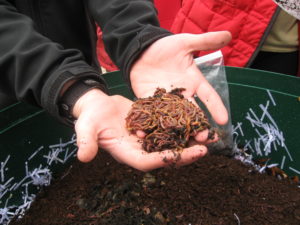
Red Wigglers are the most widely used composting worms. These worms are used because they eat A LOT (up to half their weight every day!), tolerate being dug through, and are easy to keep contained indoors or out. Red wigglers can be purchased online and mailed to you. Red Wigglers can be found in nature in leaf litter or under logs but gathering your own to start a worm composting bin is very difficult.
Bedding for your Worm Compost Bin
Your red wiggler worms need bedding to live in. Think of the worm bedding as their furniture. Any carbon source can be used as worm bin bedding. For example, leaves, shredded office paper, shredded cardboard, and shredded newsprint (no glossy paper) all work well. The bedding must be moist at all times.
Moisture Level of your Worm Bin
Red Wigglers need a moist environment to live. The easiest way to provide moisture is to soak the bedding material in water before adding it to the bin during the set-up process. The ideal moisture level is like a damp sponge. The bedding should feel moist, but when you squeeze it, no water should drip out. You should never have standing water in the bottom of your bin.
Feeding Your Composting Worms
You can feed your worms any vegetable scraps including egg shells and coffee grounds (if you use a paper coffee filter, throw that in too!). You can also feed your worms lint from your clothes dryer and paper towels (use only paper towels that were used to clean up drink spills and do not have cleaning solution on them). Don’t feed them meet, eggs, butter, or oil. They also don’t do well with bread or cheese. Be careful not to overfeed your red wigglers as this can attract fruit flies and other pests because the red worms won’t be able to eat the food scraps fast enough. Here at the Nature Discovery Center, we feed our composting worms coffee grounds from the kitchen and Mr. Eric’s banana peel from his breakfast.
Harvesting the Worm Compost
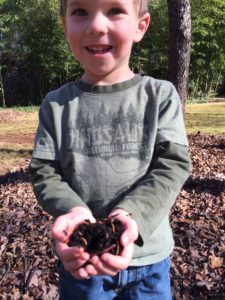
You won’t harvest for the first time for at least 6 months, after that you can harvest more frequently. When it is time to harvest, simply dig down to the bottom of the worm bin and pull out a handful of worm castings (poop). This can be added directly to your soil with the worms included or you can pick out the worms and add them back to your bin.
I love teaching people worm composting so much that I started a website about it. Check it out if you are ready to begin your wiggly journey (www.wormcompostinghq.com) and soon you will proudly say “I’ve got worms!”.
By Henry Owen, Executive Director


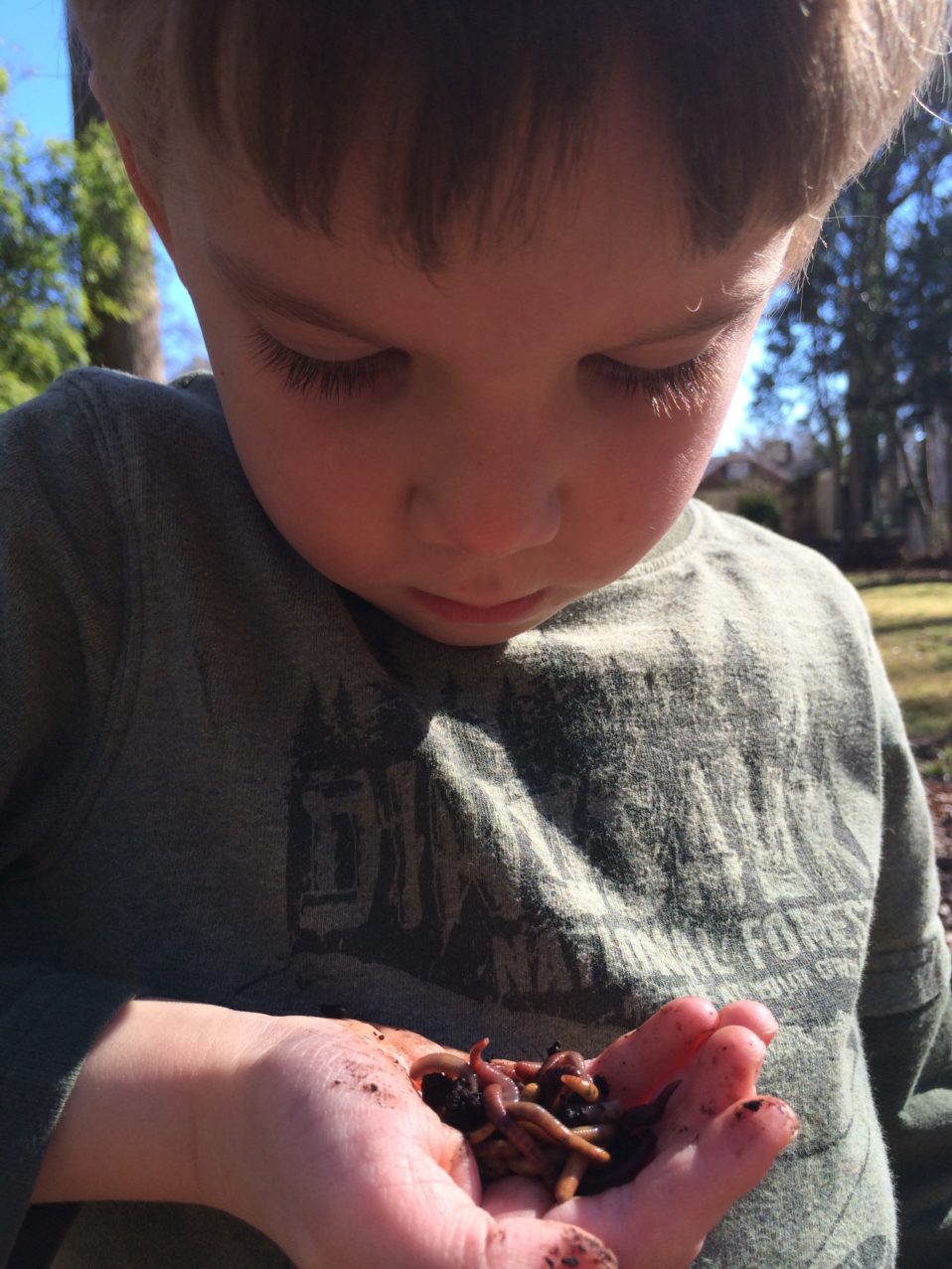


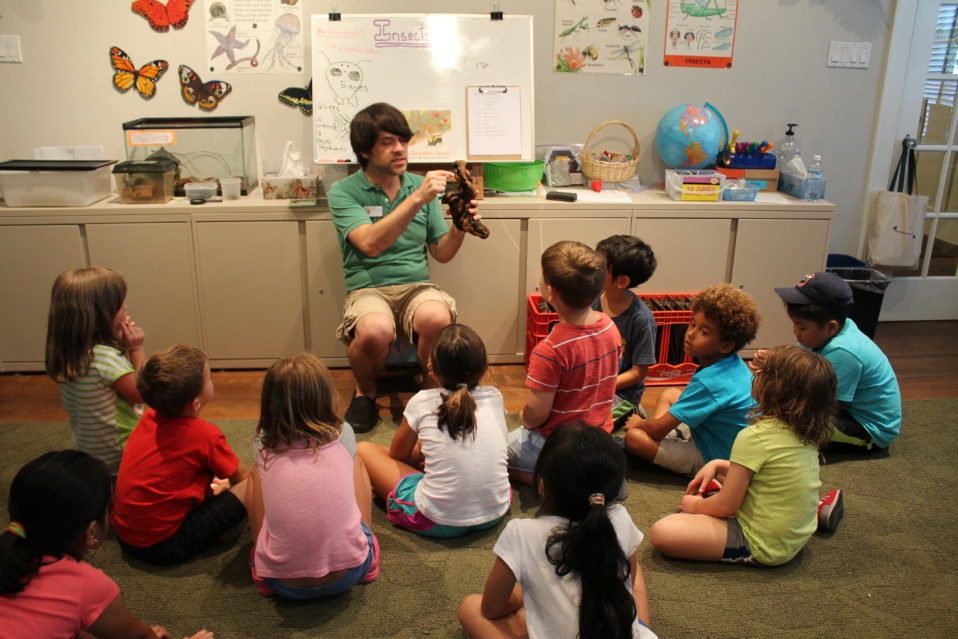
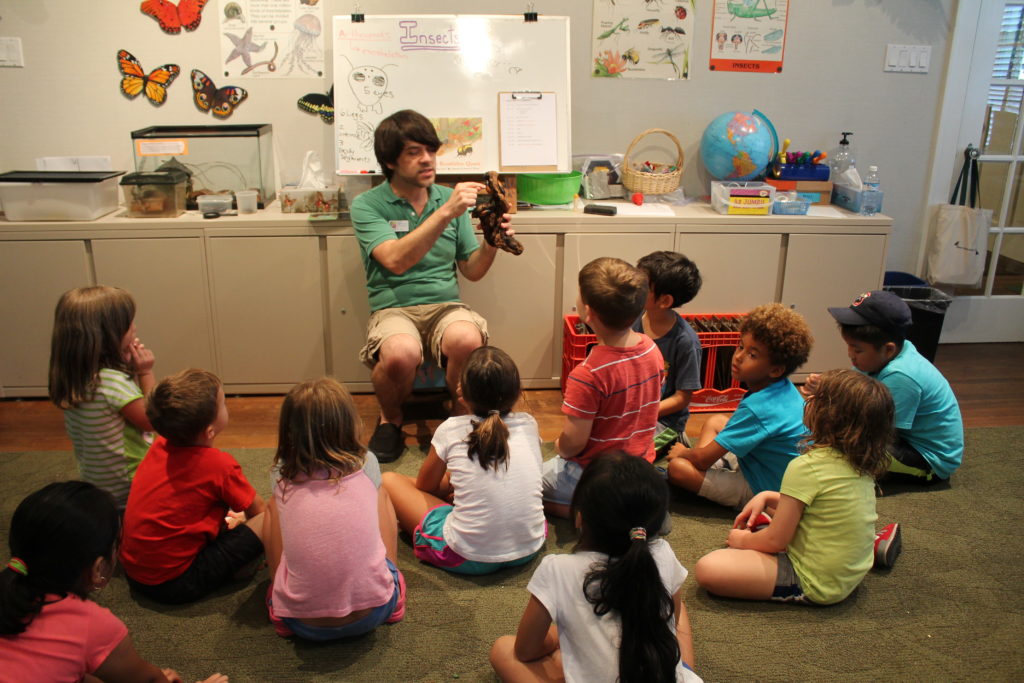 It’s that time again, time to update your calendars with your child’s schoolyear commitments, whether they be music lessons, sports practices, afterschool art or robotics programs. Our children are busier than ever! As you work on penciling it all in, consider scheduling time for nature. Exposure to the natural world plays a critical role in child development and acts as an important de-stressor (
It’s that time again, time to update your calendars with your child’s schoolyear commitments, whether they be music lessons, sports practices, afterschool art or robotics programs. Our children are busier than ever! As you work on penciling it all in, consider scheduling time for nature. Exposure to the natural world plays a critical role in child development and acts as an important de-stressor (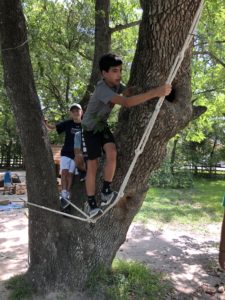


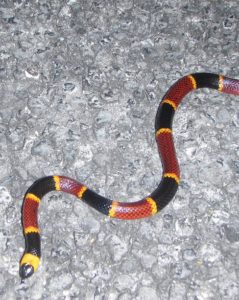 The most potently venomous snake in our area is the Texas Coral Snake, which is in the cobra family. Sounds scary, right? You definitely shouldn’t touch one, but they are shy snakes, that prefer to hide out under rocks and logs, in rodent burrows, and will flee, rather than hiss or strike, when surprised. Texas coral snakes have a distinctive red-yellow-black color pattern, which could also be described as alternating red and black sections separated by “gold rings.” They are thin snakes, that are usually only 2 – 2.5 feet long. These beautiful little reptiles eat mostly other snakes and small lizards, and they spend most of their time underground.
The most potently venomous snake in our area is the Texas Coral Snake, which is in the cobra family. Sounds scary, right? You definitely shouldn’t touch one, but they are shy snakes, that prefer to hide out under rocks and logs, in rodent burrows, and will flee, rather than hiss or strike, when surprised. Texas coral snakes have a distinctive red-yellow-black color pattern, which could also be described as alternating red and black sections separated by “gold rings.” They are thin snakes, that are usually only 2 – 2.5 feet long. These beautiful little reptiles eat mostly other snakes and small lizards, and they spend most of their time underground.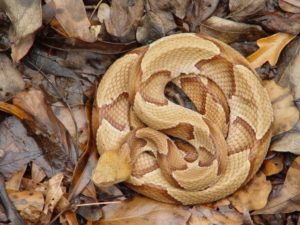 well camouflaged on forest floors covered in leaf litter. They are also rather shy snakes, have relatively milder venom than other area venomous snakes, and are not usually likely to bite. As with all venomous snakes though, give them some distance. Compared to other venomous snakes, they have an unusually wide variety of prey items, including: rodents, frogs, fish, lizards, birds, and large insects. Unlike coral snakes and most non-venomous snakes, Copperheads have elliptical “cat-like” pupils and heat sensing pits located between the eye and the nostril on each side of the head.
well camouflaged on forest floors covered in leaf litter. They are also rather shy snakes, have relatively milder venom than other area venomous snakes, and are not usually likely to bite. As with all venomous snakes though, give them some distance. Compared to other venomous snakes, they have an unusually wide variety of prey items, including: rodents, frogs, fish, lizards, birds, and large insects. Unlike coral snakes and most non-venomous snakes, Copperheads have elliptical “cat-like” pupils and heat sensing pits located between the eye and the nostril on each side of the head. The aquatic Cottonmouth, which is also a pit-viper, also has the heat pit and slit-like pupils. The Cottonmouth is strongly venomous, and has a bad reputation for being aggressive, but recent scientific studies into their behavior has shown that they are actually not that likely to bite when encountered. Their fearsome hissing gaping mouth display, and occasional habit of fleeing in the direction of someone who has cornered them, have led many to believe that they are more aggressive than they actually are. Cottonmouths are almost always found in or near water. They sometimes climb onto low branches to sun themselves and keep an eye out for prey in the water below. They prefer to feed on frogs and fish, but they are one of the few snakes that will scavenge various dead animals, as well.
The aquatic Cottonmouth, which is also a pit-viper, also has the heat pit and slit-like pupils. The Cottonmouth is strongly venomous, and has a bad reputation for being aggressive, but recent scientific studies into their behavior has shown that they are actually not that likely to bite when encountered. Their fearsome hissing gaping mouth display, and occasional habit of fleeing in the direction of someone who has cornered them, have led many to believe that they are more aggressive than they actually are. Cottonmouths are almost always found in or near water. They sometimes climb onto low branches to sun themselves and keep an eye out for prey in the water below. They prefer to feed on frogs and fish, but they are one of the few snakes that will scavenge various dead animals, as well.
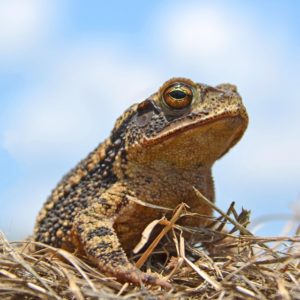 The Gulf Coast Toad is the most common frog found in yards around the Houston area. As with most toads, they are primarily terrestrial, only heading to bodies of water and rain puddles to drink, mate, and lay eggs. They have bumpy skin, but those bumps aren’t warts, not like the kind that we get on our hands or feet (those are caused by a virus passed between people). Toads do have, however, poison glands on the sides of the head which produce a milky toxin, that helps protect them from predators. After heavy rains, listen for a loud trill call from ditches, ponds, and wetlands.
The Gulf Coast Toad is the most common frog found in yards around the Houston area. As with most toads, they are primarily terrestrial, only heading to bodies of water and rain puddles to drink, mate, and lay eggs. They have bumpy skin, but those bumps aren’t warts, not like the kind that we get on our hands or feet (those are caused by a virus passed between people). Toads do have, however, poison glands on the sides of the head which produce a milky toxin, that helps protect them from predators. After heavy rains, listen for a loud trill call from ditches, ponds, and wetlands.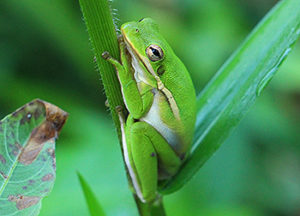 gardens on the sides of houses. This large bright green, waxy looking tree frog, is active on warm summer nights, when it can sometimes be heard making a loud nasal KWAK KWAK KWAK call. In wetlands, the chorus of dozens and dozens of males may be deafening. As with that vast majority of frogs, it is the males that call, to attract females to mate. Also, as with most frogs, they require standing water to lay their eggs. There is a similar small treefrog that can be either green or brown, called the squirrel treefrog, that you may encounter around your house as well.
gardens on the sides of houses. This large bright green, waxy looking tree frog, is active on warm summer nights, when it can sometimes be heard making a loud nasal KWAK KWAK KWAK call. In wetlands, the chorus of dozens and dozens of males may be deafening. As with that vast majority of frogs, it is the males that call, to attract females to mate. Also, as with most frogs, they require standing water to lay their eggs. There is a similar small treefrog that can be either green or brown, called the squirrel treefrog, that you may encounter around your house as well.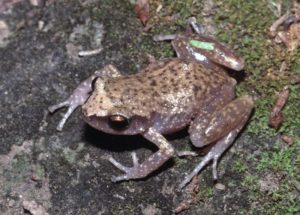 Rio Grande Valley Chirping Frogs were introduced into the Houston area accidentally in potted plants brought up from the Valley. The Lower Rio Grande Valley of Texas is the Northernmost extent of their native range, the area around Brownsville and Harlingen. Chirping frogs do not require standing water to lay their eggs, so they lay them in moist soil. Their offspring go through the tadpole stage inside of the egg. Basically, the conditions in the soil of a potted plant, and in the leaf litter of your garden are ideal. Though you may not see these tiny frogs often, you will hear them squeaking and chirping after rains, next to your home.
Rio Grande Valley Chirping Frogs were introduced into the Houston area accidentally in potted plants brought up from the Valley. The Lower Rio Grande Valley of Texas is the Northernmost extent of their native range, the area around Brownsville and Harlingen. Chirping frogs do not require standing water to lay their eggs, so they lay them in moist soil. Their offspring go through the tadpole stage inside of the egg. Basically, the conditions in the soil of a potted plant, and in the leaf litter of your garden are ideal. Though you may not see these tiny frogs often, you will hear them squeaking and chirping after rains, next to your home.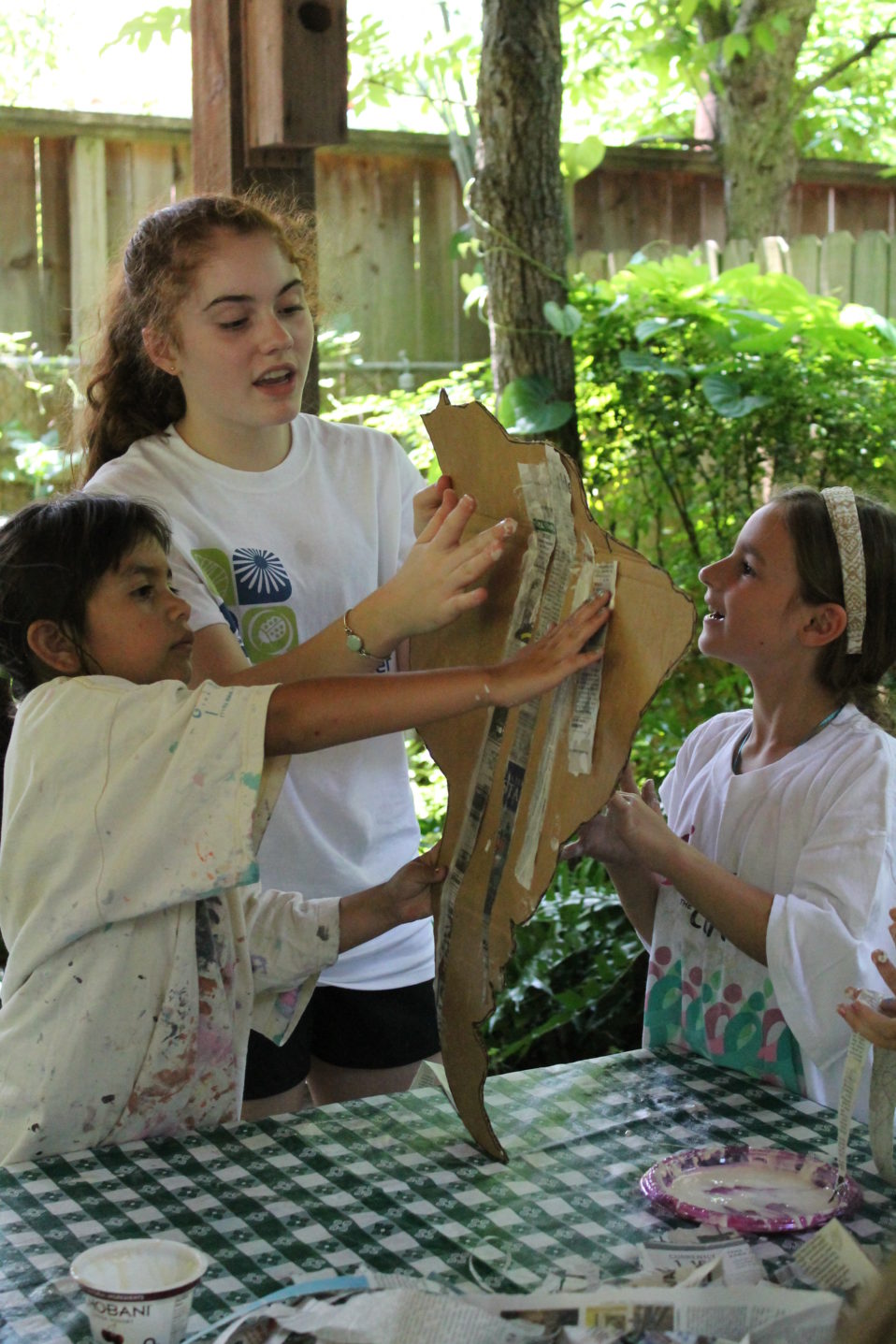
 We are looking for a Head Counselor for our Summer Science Day Camp for children (ages 5 to 11). Our camp runs weekly from June 4 to August 20th, and is Monday through Friday from 8:30 to 5:30. You may apply for the job even if you cannot commit to all camp weeks. (We may have two Head Counselors during the summer.)
We are looking for a Head Counselor for our Summer Science Day Camp for children (ages 5 to 11). Our camp runs weekly from June 4 to August 20th, and is Monday through Friday from 8:30 to 5:30. You may apply for the job even if you cannot commit to all camp weeks. (We may have two Head Counselors during the summer.)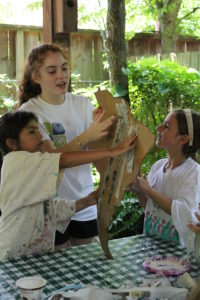 Head Counselor requirements:
Head Counselor requirements: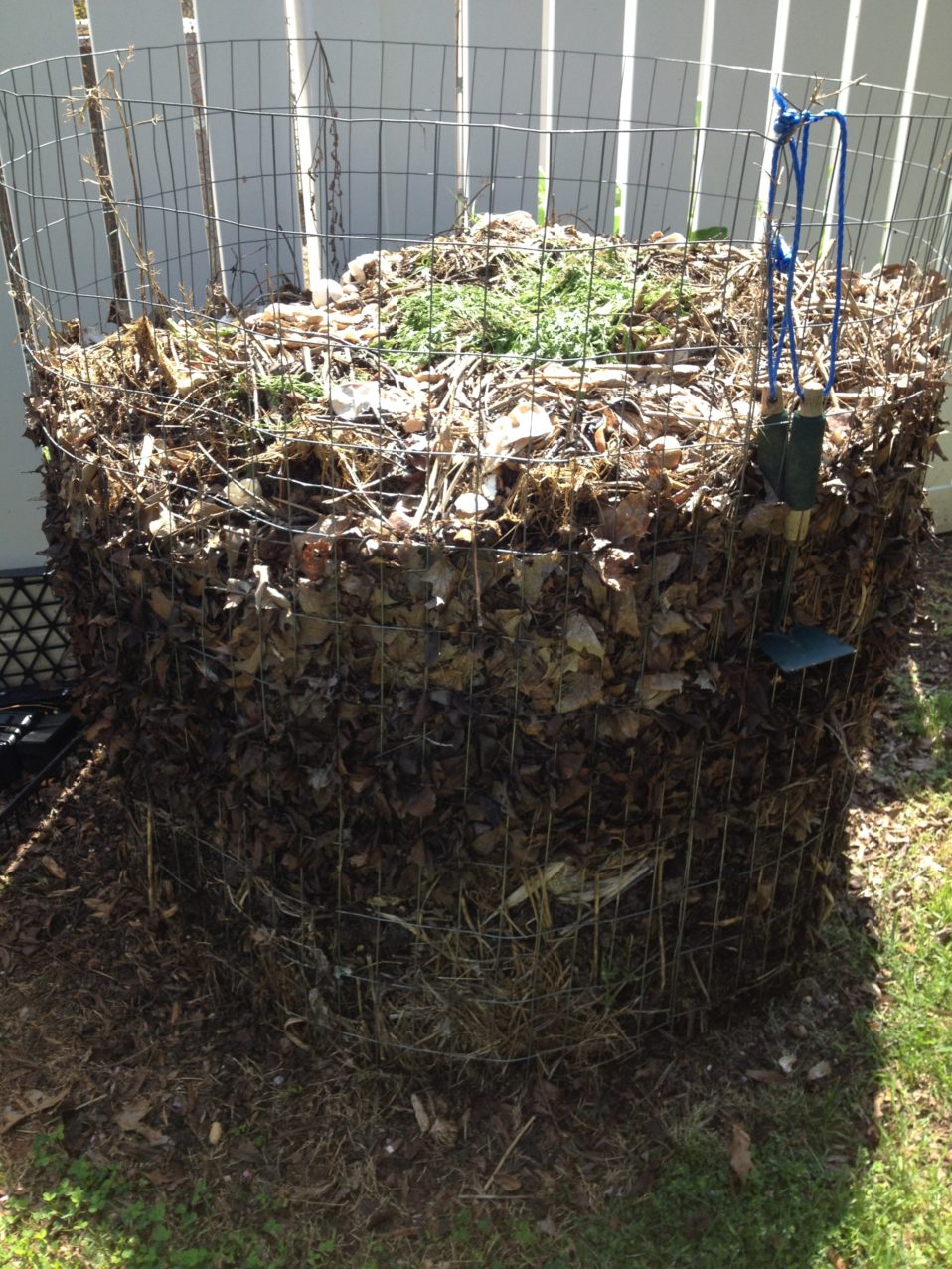
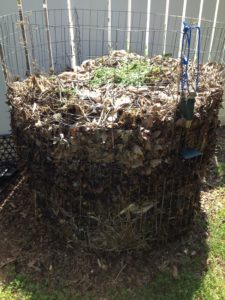
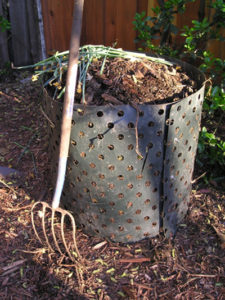
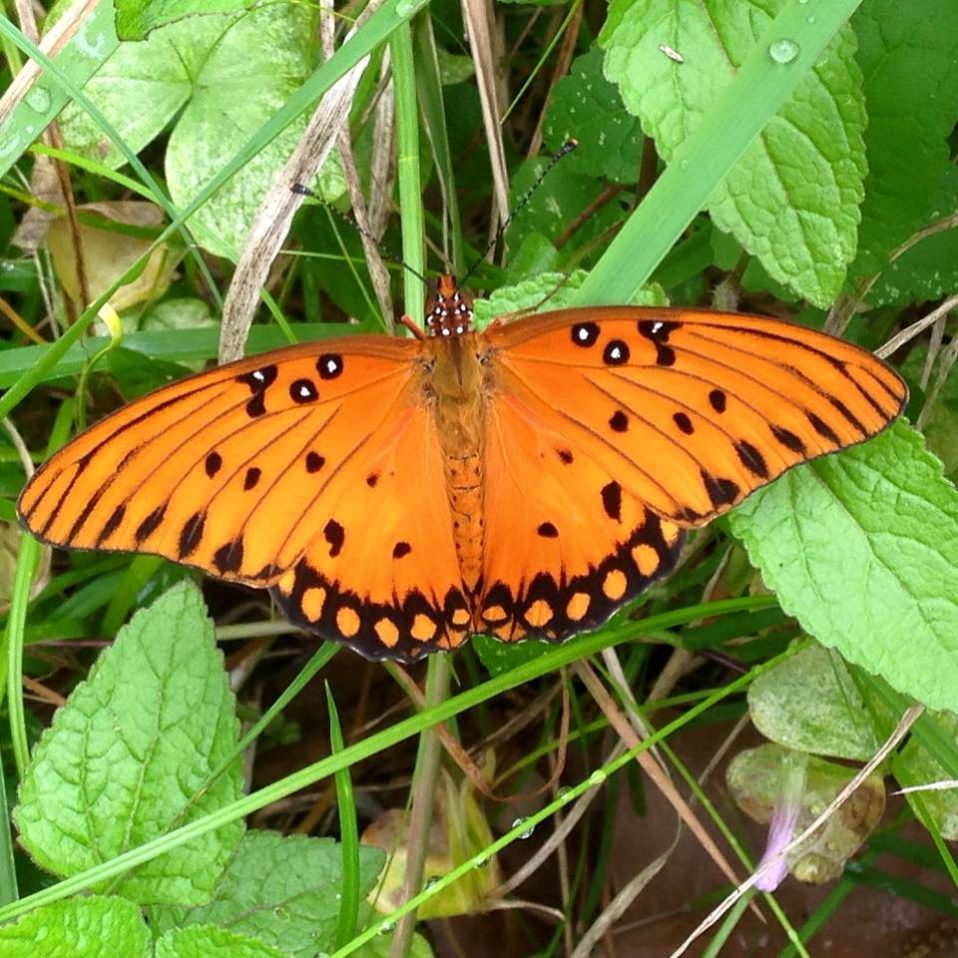
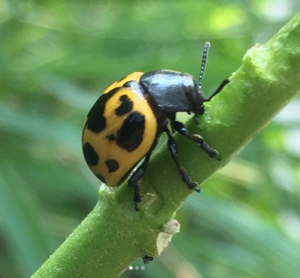 Most people who grow Mexican Milkweed in their gardens expect Monarch Butterflies, and even the tiny yellow milkweed aphids, on their milkweed plants, but we were surprised to notice, a couple of years ago, that our herb garden milkweed had also attracted bright yellow and black Milkweed Leaf Beetles (Labidomera clivicollis). Like monarch caterpillars, these round conspicuous beetles feed on the poisonous leaves of the milkweed, and are therefore toxic to predators, as well. The
Most people who grow Mexican Milkweed in their gardens expect Monarch Butterflies, and even the tiny yellow milkweed aphids, on their milkweed plants, but we were surprised to notice, a couple of years ago, that our herb garden milkweed had also attracted bright yellow and black Milkweed Leaf Beetles (Labidomera clivicollis). Like monarch caterpillars, these round conspicuous beetles feed on the poisonous leaves of the milkweed, and are therefore toxic to predators, as well. The 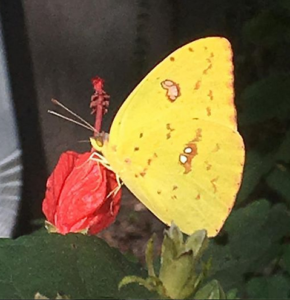 beetles come on black and yellow, black and red, and black and orange.
beetles come on black and yellow, black and red, and black and orange.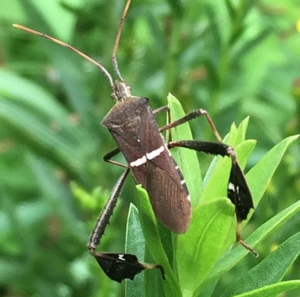 stern Leaf-footed Bugs (Leptoglossus phyllopus) are one of 3 common leaf-footed bugs that are found in our park throughout the year. We’ve seen the adults, and the red wingless nymphs prowling around plants in the garden. They feed on plants by piercing them with a straw-like proboscis and sucking juices out of the plant. The inject chemicals into the plants to aid in feeding, and these secretions may be somewhat toxic to the plant. In small amounts, this isn’t harmful, but in large numbers may kill the plant.They are harmless to people, but they may release a foul smelling substance when bothered.
stern Leaf-footed Bugs (Leptoglossus phyllopus) are one of 3 common leaf-footed bugs that are found in our park throughout the year. We’ve seen the adults, and the red wingless nymphs prowling around plants in the garden. They feed on plants by piercing them with a straw-like proboscis and sucking juices out of the plant. The inject chemicals into the plants to aid in feeding, and these secretions may be somewhat toxic to the plant. In small amounts, this isn’t harmful, but in large numbers may kill the plant.They are harmless to people, but they may release a foul smelling substance when bothered.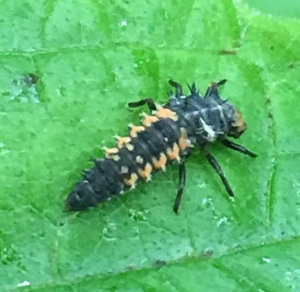
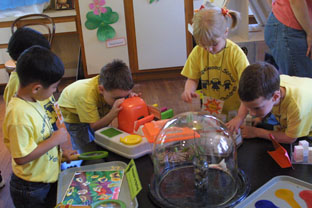
 Make a difference in kids’ lives, volunteer with our field trip program this year!
Make a difference in kids’ lives, volunteer with our field trip program this year!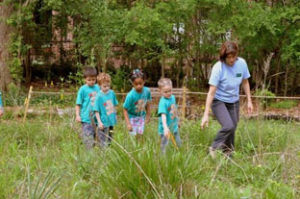 Primary Responsibilities:
Primary Responsibilities: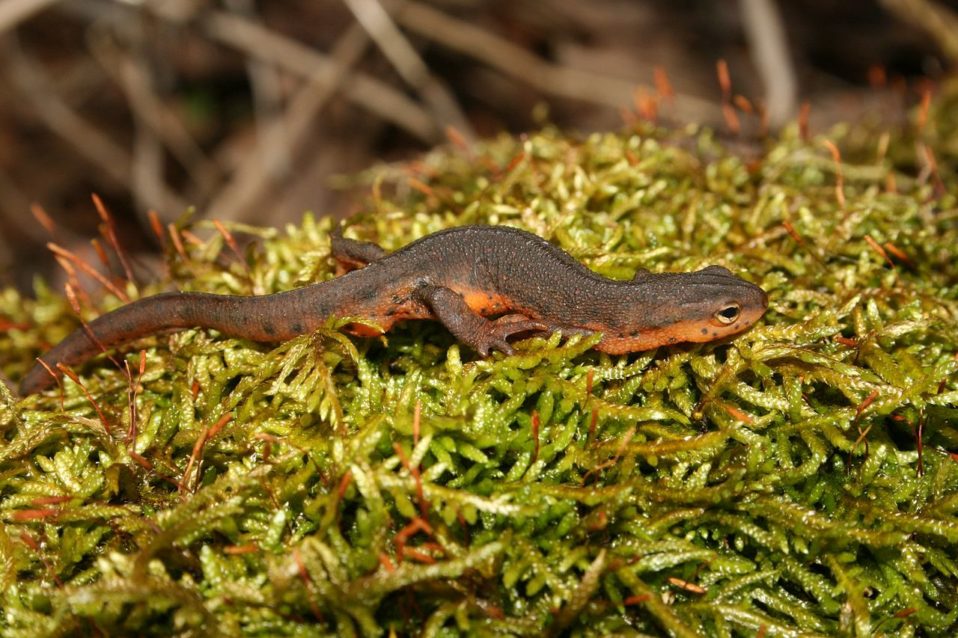
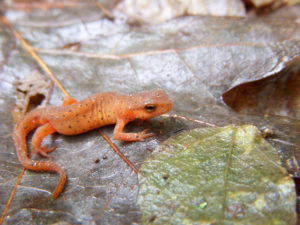
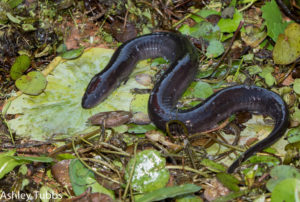
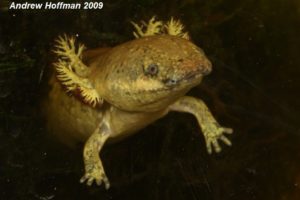 Another fully aquatic eel-like salamander is the Lesser Siren (Siren intermedia), which grow to about 18 inches in length. They have 2 tiny front legs, no back legs, and a flattened paddle-like tail. Sirens are easily identified by their feathery gray and red external gills, which extend from the sides of the head. Much like the amphiuma, they are very carnivorous and can deliver a painful and bloody bite. However, instead of a sharp bony ridge, they have a sharp horny beak-like structure. Also similar to amphiumas, they have extremely smooth slimy skin. Both sirens and amphiumas are believed to guard their eggs in mud nests under the water or in burrows next to their ponds, lakes, and bayous.
Another fully aquatic eel-like salamander is the Lesser Siren (Siren intermedia), which grow to about 18 inches in length. They have 2 tiny front legs, no back legs, and a flattened paddle-like tail. Sirens are easily identified by their feathery gray and red external gills, which extend from the sides of the head. Much like the amphiuma, they are very carnivorous and can deliver a painful and bloody bite. However, instead of a sharp bony ridge, they have a sharp horny beak-like structure. Also similar to amphiumas, they have extremely smooth slimy skin. Both sirens and amphiumas are believed to guard their eggs in mud nests under the water or in burrows next to their ponds, lakes, and bayous.
